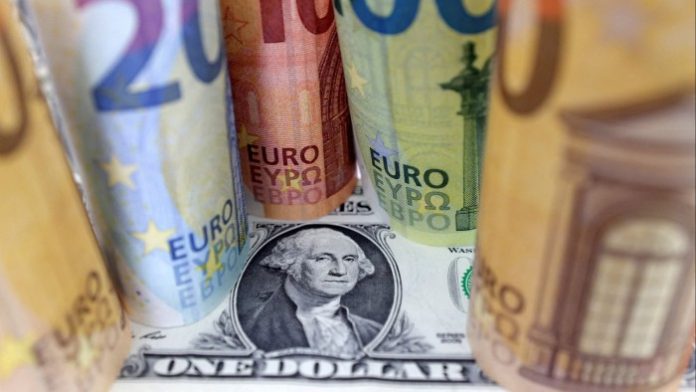The dollar rose to a two-year high against the euro and an eight-month high against sterling on Thursday after robust US labour market data boosted investor confidence in the strength of the world’s largest economy.
The British pound, which was the best performing B10 currency against the dollar last year, fell 1.3 per cent to $1.2354. That’s the lowest level since late April 2024; the euro fell 00.9% to $1.0267, its lowest since November 2022.
On Friday morning in Asia, the pound recovered slightly to $1.2390 and the euro was trading at $1.0271. The index, which tracks the dollar against a basket of six major currencies including the pound and euro, is poised to post a weekly gain of 1.1 per cent, its best result in more than a month.
Reasons for the dollar’s strength
The price dynamics in the currency market on Thursday reflect investors’ confidence that robust US economic growth and relatively high inflation will slow the pace of interest rate cuts by the Federal Reserve this year. Such macroeconomic conditions are strengthening demand for the dollar against other major currencies. Economic statistics released on Thursday showed that new jobless claims hit an eight-month low last week.
Markets expect the US central bank to cut rates by 0.43 percentage points by the end of 2025. The UK and eurozone economies are likely to grow more slowly, meaning the Bank of England and the European Central Bank are expected to cut rates by 0.59 per cent and 1.08 per cent respectively over the same period. According to Keith Jukes, currency strategist at Societe Generale, investors have cut long positions in the British currency, which has weakened its position significantly.
Other analysts noted that weak UK and eurozone manufacturing data released on Thursday morning and the threat of higher natural gas prices could also weigh on both the pound and the euro.
On Wednesday, Russian gas supplies via Ukraine to EU countries ceased after a five-year agreement expired. This means European countries will have to import more expensive LNG from other sources. The EU is emptying its gas storage facilities at the fastest pace since the energy crisis three years ago as cold winter weather boosts demand.
